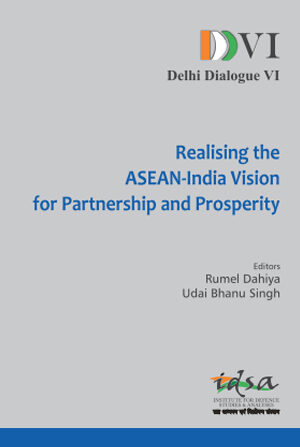Contours of Change in Myanmar—and Future Prospects
Dr. Udai Bhanu Singh astutely raises multiple questions in his article in order to trigger a debate. But his take on today's Myanmar is evident from the first paragraph (‘This time the change that is occurring is substantive, not cosmetic’) and the last paragraph (‘Myanmar is poised for change; incremental change will surely gather momentum once the dithering ends’). I hold a different perspective on the country's internal politics and external relations, which is reflected in the analysis.
- Rajiv Bhatia
- January 2013











